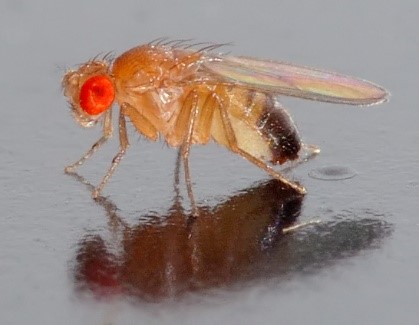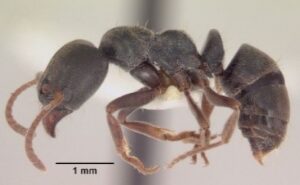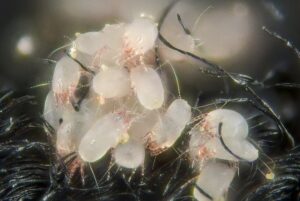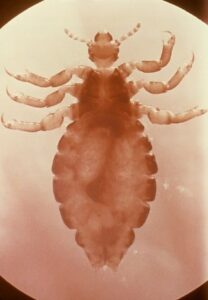Fruit Fly, Drosophila Fly, Lesse Fruit Fly, or Vinegar Fly Fly:
General Description

Credit: André Karwath |
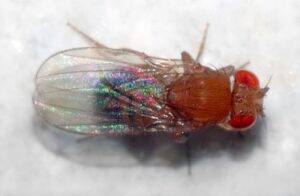
Credit: André Karwath |
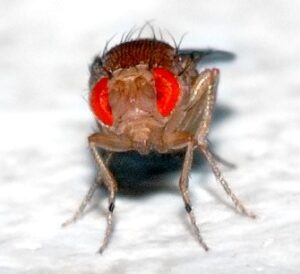
Credit: André Karwath |
- Adults are 4mm long, yellow-brown, with brick-red eyes and transverse black rings across the abdomen.
- The front portion of the body is tan, and the rear portion is
- Females are about 2.5 mm long; males are slightly smaller with darker backs.
Life Cycle and Common Characteristics
- The life cycle of a fruit fly is a complete metamorphosis, meaning the life cycle includes an egg, larval, pupa, and finally emergence as a flying
- Eggs are about 0.5 mm long.
- The larval stage has three The generation time varies with temperature.
- The whole life cycle is relatively rapid and takes only approximately 10–12 days at room
- Both males and females have multiple sexual partners at the same time.
- Females lay about 400 eggs, about five at a time, near the surface of fermenting foods or other moist, organic
- Eggs hatch after 12–15 hours.
- The first instar larva begins feeding after egg hatching. Their feeding and growth phase lasts for four At the end of third instar stage, the larvae stop feeding and leave the food in search of an area for pupation.
- During the pupa stage, metamorphosis occurs for four days, following which adult flies
- Adult females are normally larger than adult male
- Females are ready to mate in less than 24 h after their emergence and can lay up to 100 eggs per
- Adult flies live about two months after
- Adults can fly in from outside through inadequately screened windows and
- The shortest development time (egg to adult) is 7 days at 28 °C
Damages and Medical Implications
- Fruit flies are primarily nuisance
- They are common in homes, restaurants, supermarkets, and wherever else food is allowed to rot and
- Fruit flies are especially attracted to ripened fruits and vegetables in the
- They breed in drains, garbage disposals, empty bottles and cans, trash containers, mops, and cleaning
- They have the potential to contaminate food with bacteria and other disease-producing.

